Exploring the U.S. Virgin Islands
A group of Caribbean islands and islets
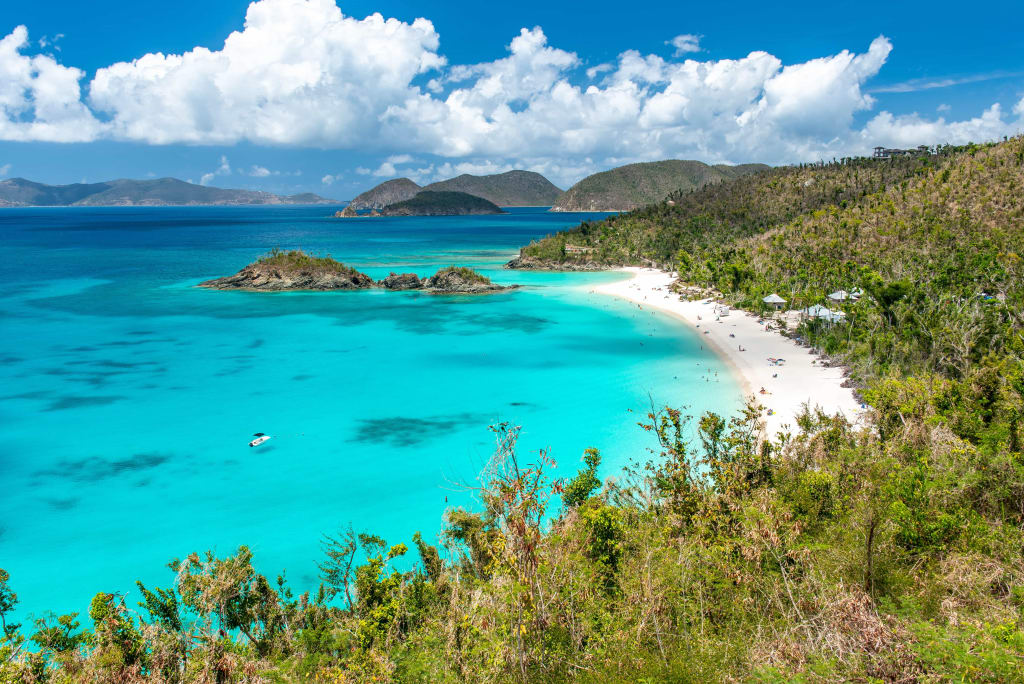
The U.S. Virgin Islands are a group of Caribbean islands and islets. They’re among the top tourist destinations in the Caribbean, located in the Lesser Antilles, between the North Atlantic Ocean and the Caribbean Sea. The largest islands are St. Thomas, St. Croix, and St. John.
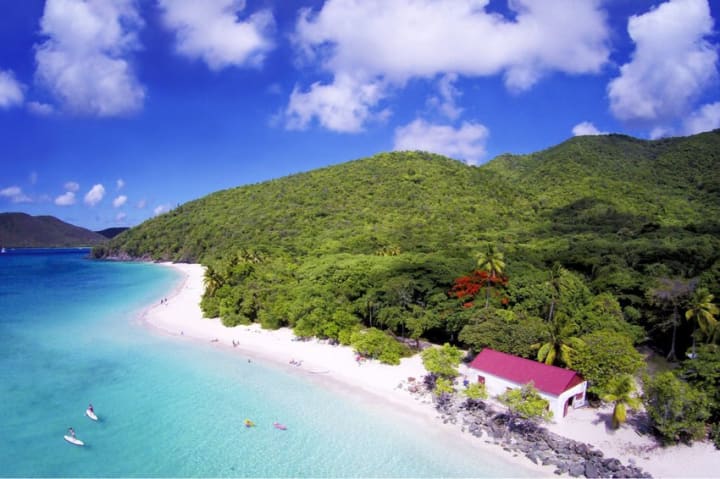
Virgin Islands National Park attracts over a million visitors each year. It covers two-thirds of the island of St. John. Visitors enjoy hiking trails, protected bays, beautiful beaches, underwater sea gardens, petroglyphs, and the ruins of historic sugar mills. One of the most popular walking trails is the Reef Bay Guided Hike.
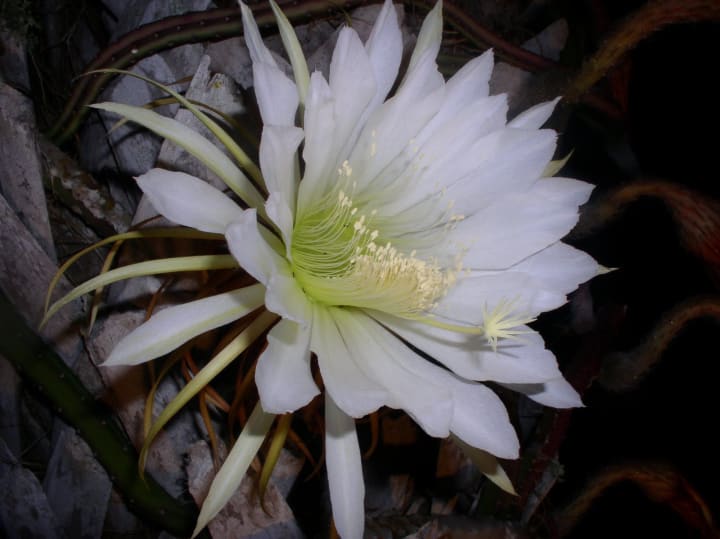
In the park, there are over 800 species of plants and 30 species of tropical birds. You can delight in coconut palms, sea grapes, and bay-rum trees. It is home to the native night-blooming cereus which attracts bats and moths with its vanilla scent. Other wildlife here includes green iguanas, geckos, hawksbill turtles, and a diversity of marine life. The waters here are great for swimming and snorkeling.
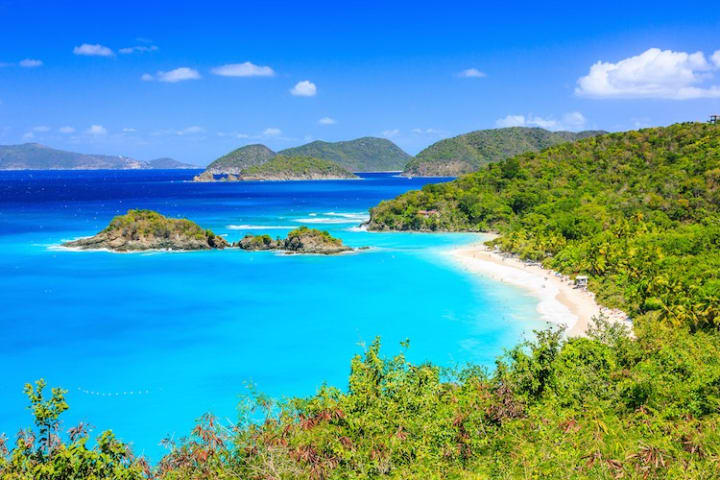
Within the park, you’ll also find Trunk Bay which is the most photographed beach on St. John with creamy sand and turquoise waters, fringed by sea grapes and coconut palms. The Trunk Bay Underwater Snorkeling Trail lies offshore where you can see up to 30 different species of fish and there are underwater signposts that label key features of the coral reef.

Buck Island Reef National Monument is located on Buck Island off the northeast coast of St. Croix and is one of the most visited attractions. Buck Island Reef was guaranteed protection when former U.S. President John F. Kennedy declared it the first U.S. underwater national monument in 1961.
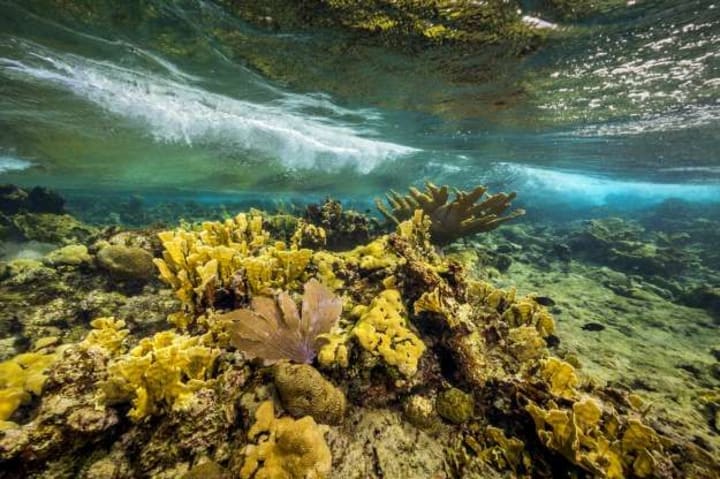
The reef features elkhorn coral grottoes and is one of the best dive sites in the U.S. Virgin Islands. Along the marked trail snorkelers and divers can see tropical fish like blue tang and barracuda. Off the north coast. you can find wreck dives. There are protected beaches and picnic sites with cooking grills. You can take a hiking trail through a forest of giant tamarinds to the island’s scenic ridge.
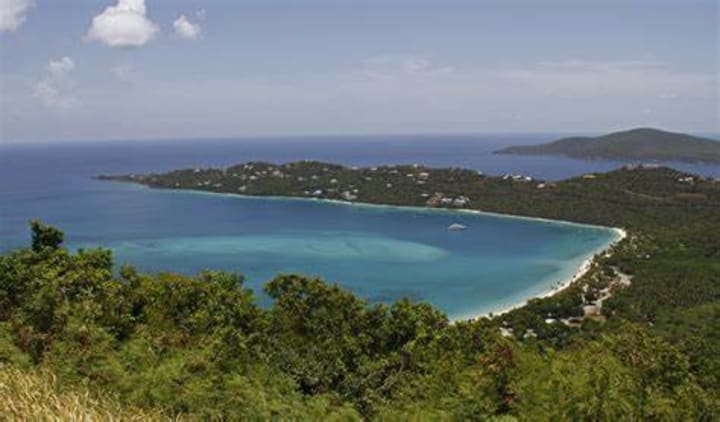
Magens Bay is fringed by green hills and coconut palms and has been named one of the world’s most beautiful beaches. There is a calm sea along the horseshoe-shaped bay and it's great for swimming, snorkeling, kayaking, and other water sports. The Tropical Discovery Hike leads visitors through a 75-acre preserve with diverse habitats that range from dry forest hilltops to mangrove wetlands with many native and migratory bird species. The two-mail trail winds downhill under tree canopies to lovely Magens Bay beach.

Cruz Bay can be referred to as the “downtown” of St. John's. Up until the 1970s Cruz Bay was a quiet customs port and today has become a hip center earning it the nickname “Love City”. You can delight in the pastel-colored houses that dot the hills on the outskirts of the village and offer many choices for dining and shopping among them. It is the launching point for excursions to Virgin Islands National Park.
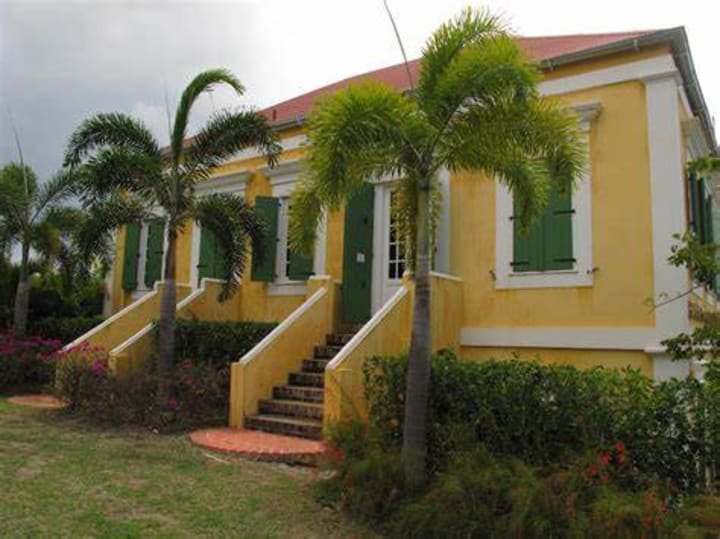
Among the highlights in the town is the Elaine Ione Sprauve Library & Museum. The museum exhibits the history of St. John through displays of photos, newspaper articles, and native Indian and colonial artifacts. Galleries display the work of local artists.

Charlotte Amalie named for a Danish queen is the capital of the U.S. Virgin Islands and one of the most popular cruise ports in the Caribbean. It is located on the south shore of St. Thomas. There are beautiful pastel, red-roofed homes set against a backdrop of sleepy green hills. It offers many restaurants and entertainment options as well as the largest number of boutiques and jewelry shops in the Caribbean.
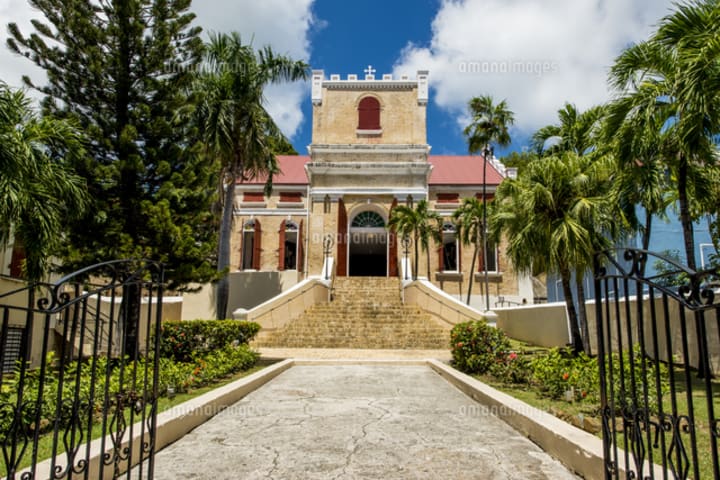
Frederick Lutheran Church was built between 1789 and 1793 in the Georgian style. It features Gothic Revival elements like a gable tower. The entrance to the church shows a “welcoming arms” stairway which is typical of West Indian architecture.
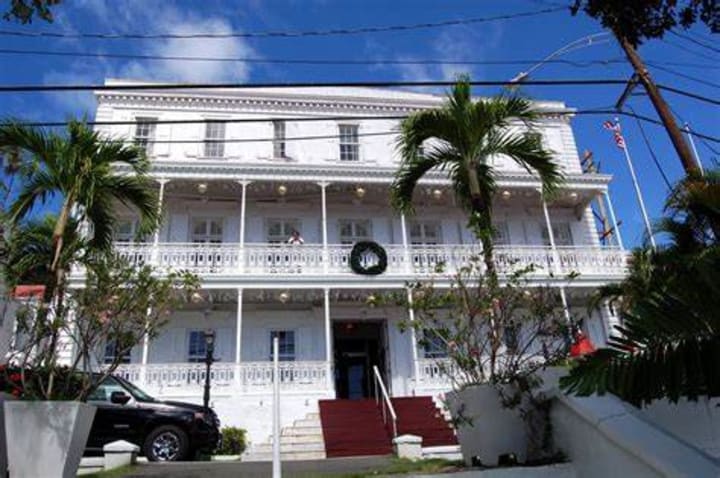
Government House is a three-story, hip-roofed white mansion with two floors of cast-iron verandas. Presently it is home to the offices of the territorial governor. The first and second floors are open to the public and you’ll see many paintings by local artists among them St. Thomas native Camille Pissarro.
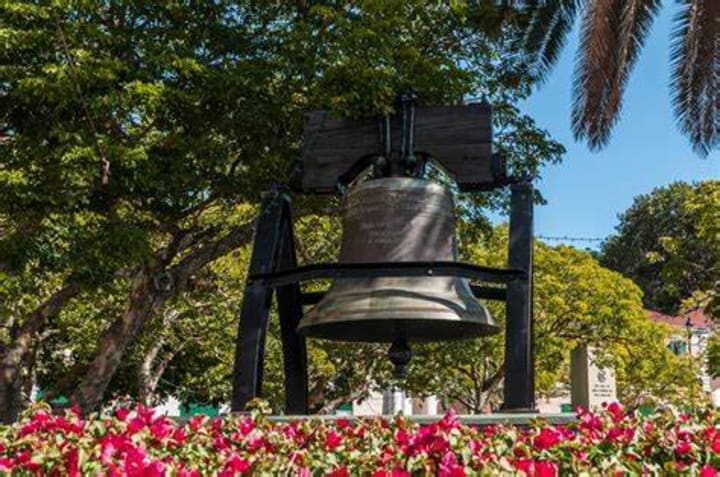
The Emancipation Garden is the site where the Emancipation Proclamation was read on July 3, 1848, that freed the slaves of St. Thomas. Today this park features benches for relaxing, a gazebo, and lots of shade. On occasion, you can catch a band concert. In April it is converted into a Carnival Village during the festival. In the corner of the park, you can find a replica of the Philadelphia Liberty Bell.
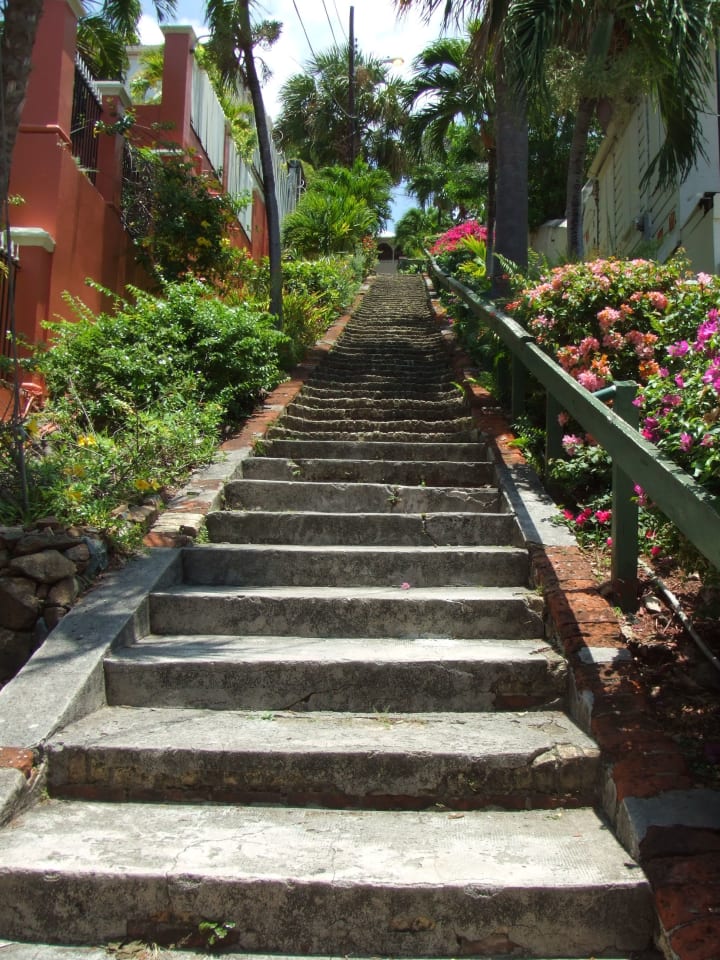
The 99 Steps date back to the mid-1700s. They were built during Danish colonial times out of ship-ballast brick. They are just one example of many staircases that were built on the steep hills of Charlotte Amalie.
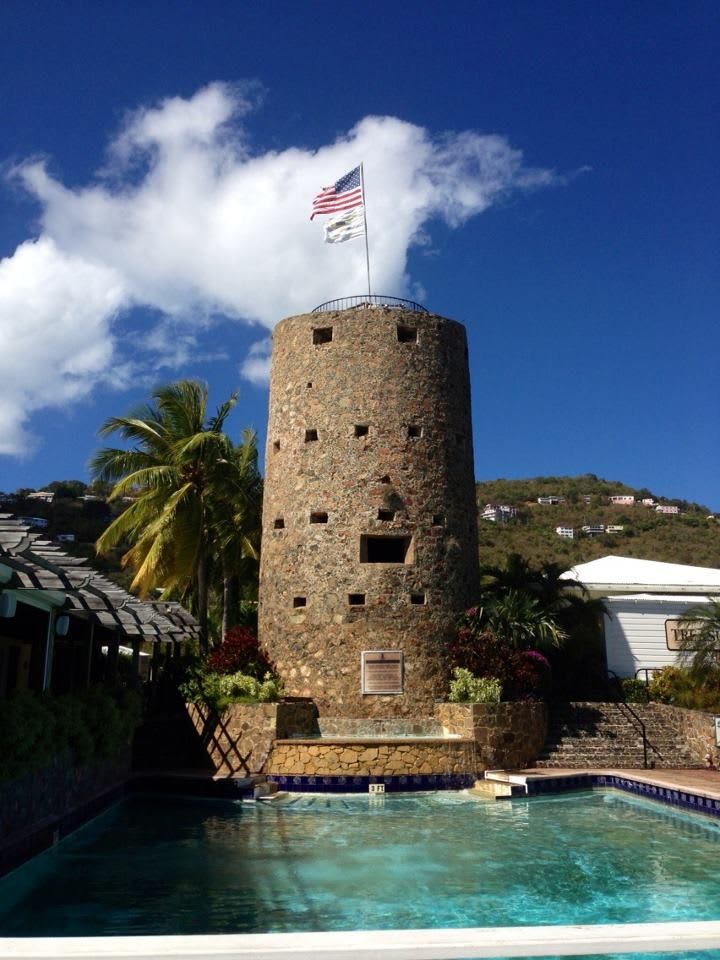
These 99 Steps lead up to Blackbeard’s Castle, a five-story masonry tower and the only one of its kind in the Caribbean. In colonial times it was known as Skytsborg and the watchtower was built by the Danish in 1678. There are legends that say this tower was once a lookout post for the notorious pirate Blackbeard in the 18th century. At the site, you can also find a popular hotel and restaurant and you can enjoy lovely views of St. Thomas Harbor and the capital.

Coral World Ocean Park offers visitors an interactive marine experience. It features an underwater observatory, a tropical nature trail, the Marine Gardens Aquarium, and a huge glass-enclosed coral reek tank.

You can interact with turtles, sea lions, stingrays, and sharks or hand-feed colorful rainbow lorikeets. Wild iguanas also roam about.
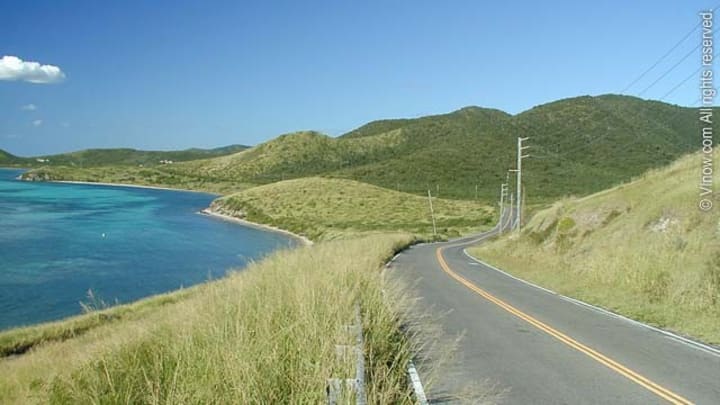
The St. Croix Heritage Trail is a 72-mile self-guided driving tour that takes visitors to the island’s historical and natural attractions. Road signs offer guidance. It winds along the scenic coastline through tropical forests, cattle country, and historic seaport towns.
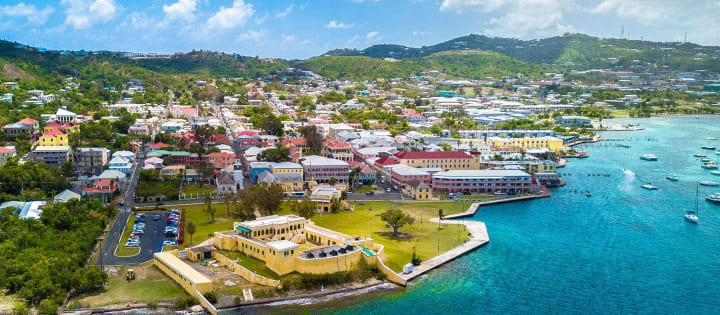
The largest town on St. Croix is Christiansted on the north coast of the island between steep hills and a reef-protected shallow harbor. It was designed with the town of Christiania (now Oslo) in Norway in mind. The town has elegant pink and gold neo-Classical buildings.
You can begin by taking a walking tour of the Christiansted National Historic Site which includes five classical colonial buildings, among them Fort Christiansvaern, Customs House, and the Steeple Building. Other highlights in the city include the Apothecary Hall and Government House. At Protestant Cay, you can enjoy the beaches and water sports.
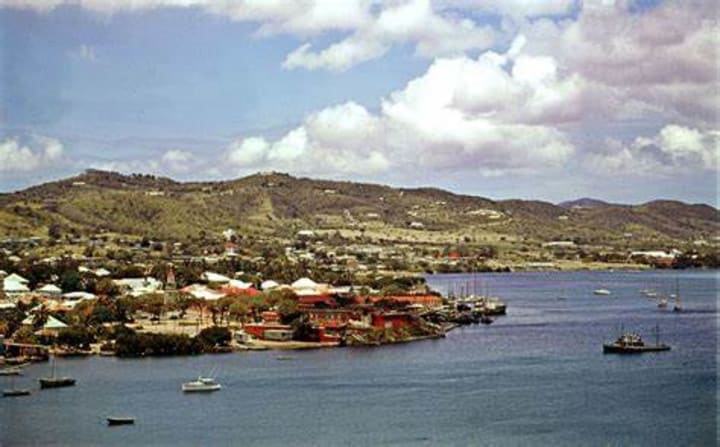
At Christiansted Harbor, cruise ships dock each week.
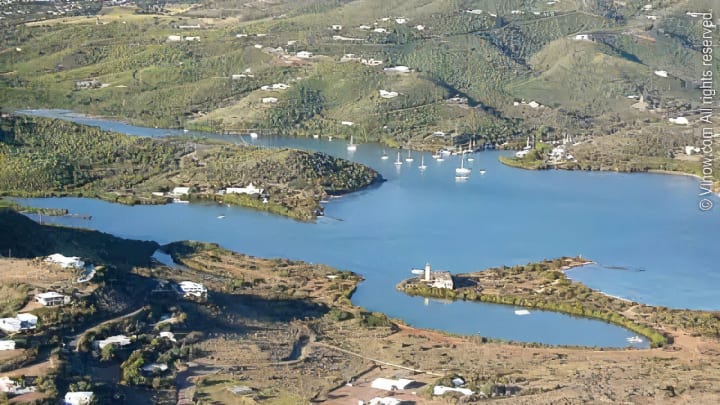
The Salt River Bay National Historic Park lies about five miles west of Christiansted. It marks the only known point where Christopher Columbus landed on U.S. soil. Today it is an ecological reserve and a popular place for kayak tours through mangroves.
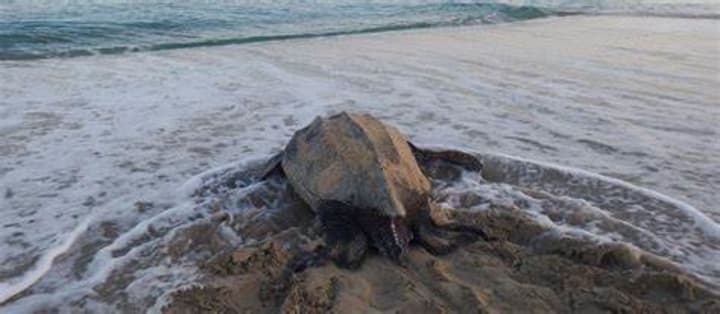
Also close by is the Sandy Point National Wildlife Refuge with a two-mile stretch of dazzling white-sand beach. The refuge protects leatherback sea turtles and many species of birds. It is closed during turtle nesting season.
About the Creator
Rasma Raisters
My passions are writing and creating poetry. I write for several sites online and have four themed blogs on Wordpress. Please follow me on Twitter.


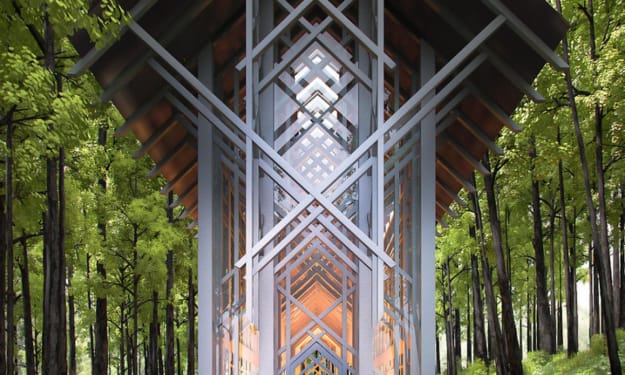

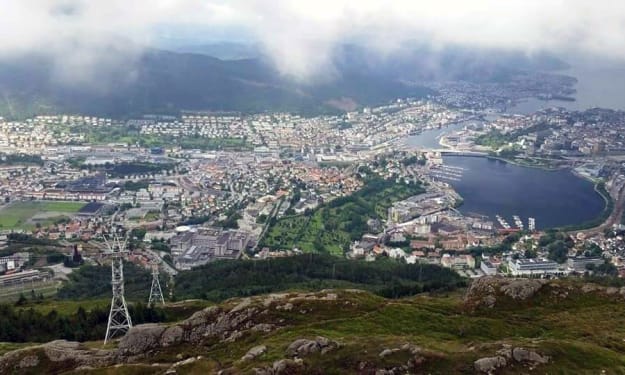

Comments
There are no comments for this story
Be the first to respond and start the conversation.